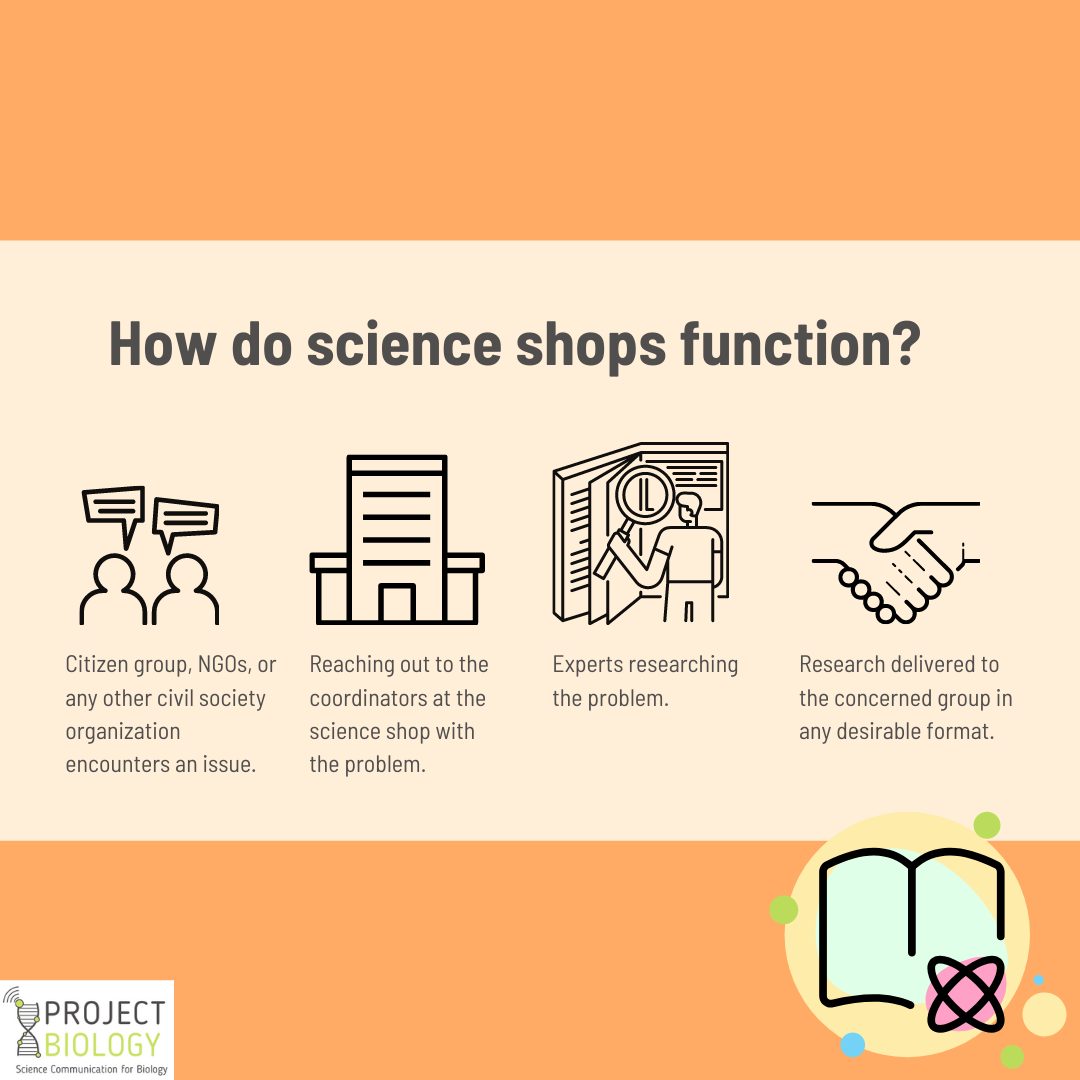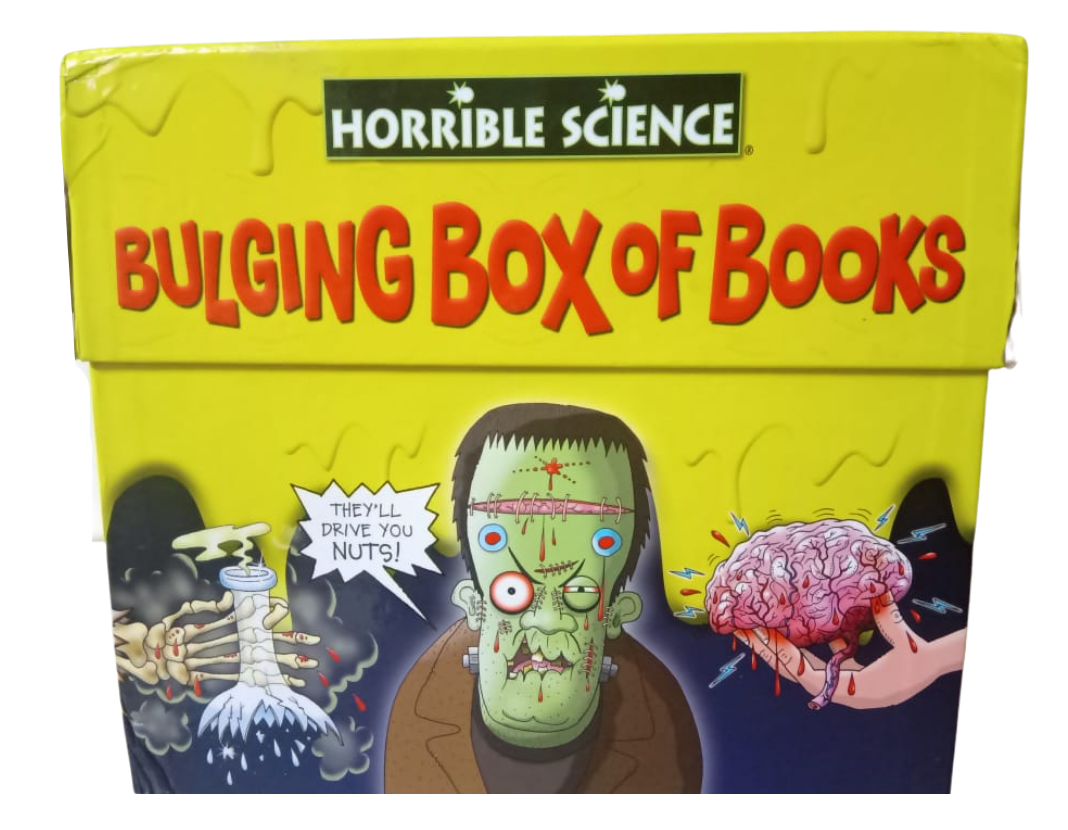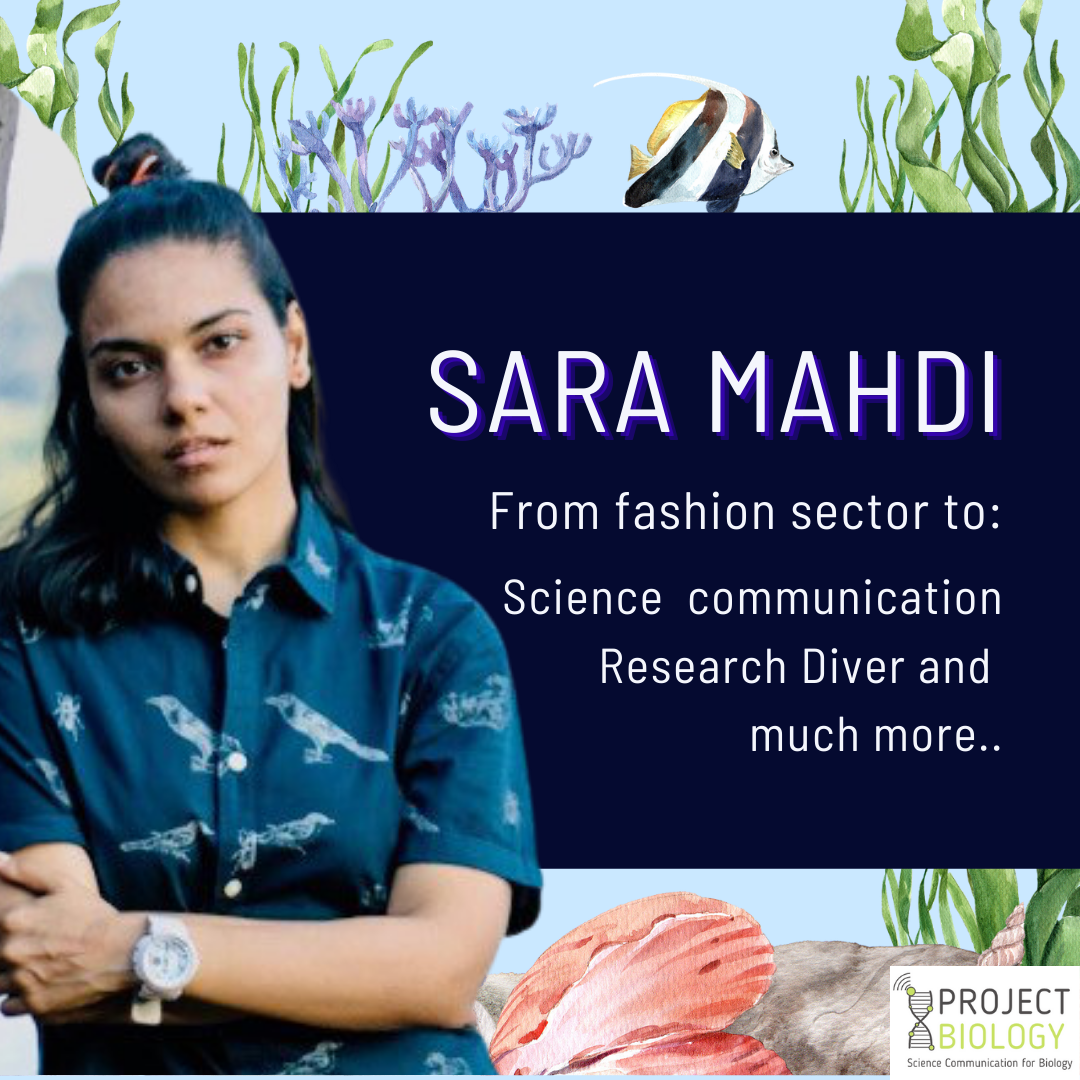Science writing comes naturally to some people. When their fingers strike the keyboard, a rhythm begins to flow. Usually, it does not happen with all of us. Even our writers face the block sometimes. Most of the time, the thoughts go awry. A lot of ideas come to your mind or, at times, none. But what if you have the music sheet with all the notes to create your rhythm? Writing science can become manageable. So here we give you your very own music sheet, the 3M framework. What are these 3M’s? Miniature, Memorable, and Meaningful. These 3M’s come from the American Association for Advancement of Science’s (AAAS) reference guide on how to advocate for science. While AAAS implies the 3M’s for effective presentations, we broke them down for you to pen down your scientific messages.
MINIATURE: Art of keeping it short and scalable
What AAAS tells?
AAAS tells the speaker to miniaturize the message for the audience. It helps the audiences remember the message while allowing the speaker to build the message further. One shall organize the message around 3 words or phrases that can then act as an outline.
Why does it work?
It becomes easier for audiences to remember the three points of your message. A short and effective message goes a long way. It allows one to expand when required. It serves as a useful outline for both speakers and listeners to keep their thoughts on track.
How can it help you write?
In science writing, you can identify the three primary areas of importance relating to your topic. Write these three items down and formulate your thoughts around each. As these three points develop the plot for your write-up, they will also resonate with the readers. Your readers may not remember the entire article, but they can take away the three ideas. These three items can also be what you know, possible applications, results, questions, or anything else.
Let’s take CRISPR technology as an example. The three short ideas can be:
- Naturally Occurring
- DNA scissors
- Revolutionary
MEMORABLE: Art of helping them remember
What AAAS tells us?
AAAS tells the speaker to provide such cues to the audience, which helps them remember you and your message. The complex information can be simplified with the help of visuals, analogies, alliteration, or creative language.
Why does it work?
Remember what your school teacher used to say about memorizing complex diagrams? Visualize them in your mind. Only when you give cues to your audience to follow, it helps them remember the message. Making it memorable just means taming their brains to take in the information quickly.
How can it help you write?
To make your science writing memorable to the readers, you can use the same tools of visuals, analogies, alliteration, or creative language. When you lead with an example or supplement your write-up with an infographic or an illustration or use analogies to explain a concept, your readers can visualize the message.
Example: Spacers used in CRISPR technology act as the fingerprint of viruses that previously attacked bacteria. These fingerprints then allow the bacteria to recognize viruses upon the next attack and eliminate them.
MEANINGFUL: Art of making it relatable for the audience
What does AAAS tell us?
AAAS tells the speaker to convey the same passion and enthusiasm which they hold for their work. At the same time, it should hold meaning for the audience and how it matters to them. In essence, the message should contain meaning both for you and your audience.
Why does it work?
When the speaker conveys their emotions of passion, excitement, or frustration, they humanize the research. Audiences can relate to the researcher’s journey through their own experiences. At the same time, when information seems valuable in the audience’s life, whether directly or indirectly, the connection establishes.
How can it help you write?
Adding meaning to the write-up can help you humanize your science writing. It can turn the write-up from a simple essay on facts to a more meaningful read. For this, researching your audiences beforehand becomes essential. When you know demographics, culture, or any other relevant human aspects of your audience, you can connect the essence of the write-up with their situation. You need to make the reader feel what’s in it for them, why they should read, and absorb what you are telling them. When the topic becomes relatable, the audience listens.
For example: When explaining CRISPR to a group of schools, students say how CRISPR-based therapies can one day help the kids suffering from diseases like cancer to attend school regularly.
Small start big impact
The 3Ms of messaging proposed by AAAS in our view can help you improve your science writing as well. You need to assemble the three pillars, make them memorable, and add meaning to each. By following the 3M framework, we trust you can start composing like Mozart in no time.



